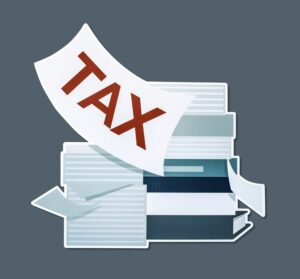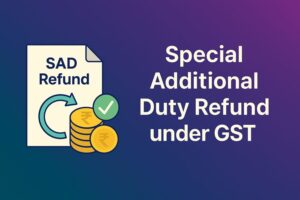An Overview on Inverted Duty Structure GST Refund Calculation
- 3 Apr 25
- 8 mins

An Overview on Inverted Duty Structure GST Refund Calculation
- Inverted Duty Structure Under GST
- Inverted Tax Structure in the Pre-GST Regime
- Inverted Tax Structure under the GST Regime
- Formula for Maximum Refund under Inverted Tax Structure
- How to Claim Refunds of Unutilized ITC?
- Step-by-Step Process to File Refund of Unutilized ITC
- How to Track the Filed Refund Application?
- Conclusion
Key Takeaways
- Inverted duty structure arises when input tax rates exceed output tax rates under GST.
- Businesses can claim a refund of unutilized Input Tax Credit (ITC) via Form RFD-01.
- Refunds help improve cash flow and reduce the tax burden caused by rate differences.
- Refund must be claimed within 2 years from the end of the relevant financial year.
- Accurate GST filing and documentation are key for a smooth refund process.
The Goods and Services Tax (GST) was launched in India with the aim of simplifying the indirect tax structure by integrating multiple taxes into a single tax. However, the implementation of GST brought about various challenges, including the inverted duty structure.
An inverted duty structure occurs when the tax rate on any input is more than the applicable tax rate on the final output. At times, this creates problems for businesses because they need to pay more taxes on inputs. To fix this problem, the government has allowed businesses to claim a refund on the unused Input Tax Credit (ITC) under the Goods and Services Tax (GST) system.
Continue reading this blog to gain detailed insights about the inverted duty structure GST refund and other details.
Inverted Duty Structure Under GST
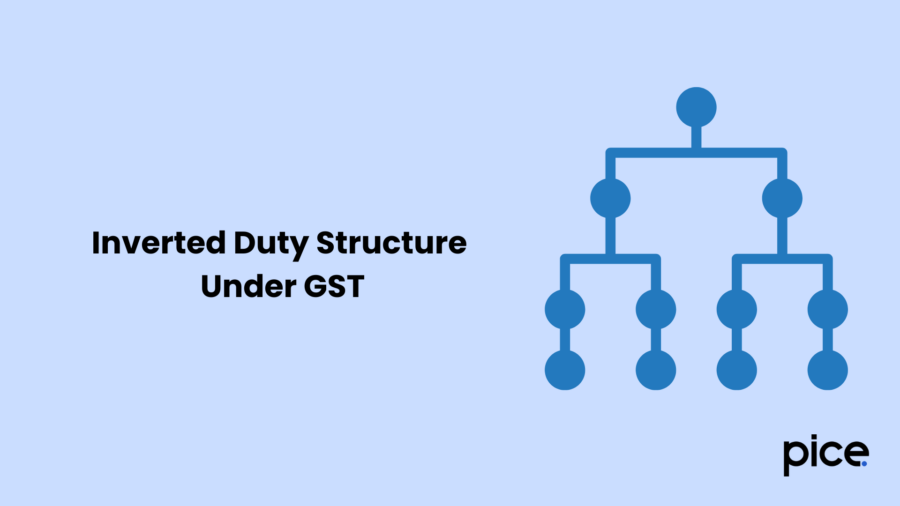
When the tax rate on inputs used for producing goods and services exceeds the tax rate on finished output, it is commonly known as an inverted duty structure under GST. This difference can result in the accumulation of excess input tax credit, imposing a higher burden of rate of tax on you, which might result in increasing consumer prices.
For instance, in the textile industry, tax rates usually range between 12% to 18%, whereas the majority of finished products are taxed at 5%. This thereby indicates that sellers have very few options for offsetting the cost of input taxes.
Excess ITC yielding from an inverted tax structure can create a major impact on the cash flows of taxpayers and working capital. Thus, the refund process addresses the issues arising from an inverted tax system.
Inverted Tax Structure in the Pre-GST Regime
During the pre-GST era, the inverted tax structure mostly affected industries such as chemicals, textiles, and pharmaceuticals. The manufacturing industry faced a much higher tax rate on inputs in comparison with tax rates as applied to final products. As a result of this, manufacturers at most times face difficulties in full utilization of accumulated input tax credit.
Inverted Tax Structure under the GST Regime
In cases of a regular GST transaction, lower duty are imposed on input products such as wheat, chocolate powder, sugar, etc. in comparison with any finished product. However, there are also instances where the GST rate on input services is much higher than the existing fixed rate on the final product.
In this scenario, discrepancies arise between the high outflow of rate of tax paid on input goods and the lower refund of input tax amount received from final goods. This entails liability of taxes on the manufacturer and is thereby commonly known as 'inverted input tax credit under GST'.
Refund in Case of Inverted Tax Structure under GST
Any registered individual may claim a refund of unutilised Input Tax Credit (ITC). This can be claimed towards the end of any relevant tax period where the accumulation of credit has taken place on account of the rate of tax on input services exceeding the tax on output supplies.
Formula for Maximum Refund under Inverted Tax Structure
The formula of refund prescribed for the calculation of the refund amount under an inverted tax structure is as follows:
Maximum Refund Amount = Turnover of inverted-rated supply of goods * (Net ITC-adjusted total turnover/adjusted turnover) – tax payable on inverted-rate supply of goods
Consider the scenario for better understanding:
Suppose a vendor has a turnover of ₹1,500 applicable for an inverted-rated supply of goods with a net ITC of ₹130. The rate of tax applicable on an inverted supply of goods is ₹75 and the total turnover is ₹1,500.
Placing these values in the formula, the value turns out:
Maximum Refund Amount = {₹1,500*(₹139/₹1,500)} – 75 = ₹55
Terms Used in Computation of Maximum Refund Amount
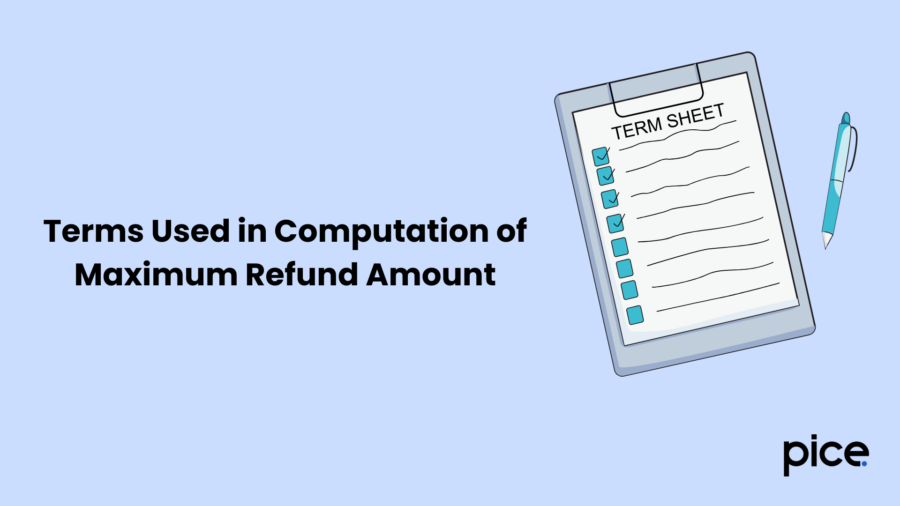
Here are the terms used for the computation of the maximum refund amount:
- Turnover of Inverted Rated Supply of Goods
This is the value of an inverted supply of goods and services that had taken place during the relevant period without tax payment under a bond or letter of undertaking.
- Net Input Tax Credit
Net input tax credit is the input tax credit applicable on input services during a definite period other than the input tax credit for claiming a refund of tax under sub-rules (4A) or (4B) or both.
- Adjusted Total Turnover
Adjusted total turnover denotes the turnover within a state or union territory. This excludes the value of exempt supplies other than zero-rated supplies and turnover of supplies for which the scope of refund is claimed under sub-rules (4A) or (4B) or both, if any, during a specific period.
- Tax Payable on Such Inverted Rated Supply of Goods
This denotes the total amount of taxes payable on an inverted-rated supply of goods under IGST, SGST and CGST
- Relevant Period
The relevant period denotes the time frame for which the claim has been filed.
How to Claim Refunds of Unutilized ITC?
- Prerequisites for Claiming Refund of Unutilized ITC
It is mandatory to file GSTR-1 and GSTR-3B for the tax period you want to file an application for a refund of the accumulated ITC.
- Form to be filed for Claiming Refund of Unutilized ITC
Form RFD-01 is mandatory to file for claiming a refund of unutilized ITC following an online facility that allows for easy claims of refund.
- Time Limit to File
It is essential to file RFD-01 within two years from the end of the financial year in which claiming for a refund arises.
Step-by-Step Process to File Refund of Unutilized ITC
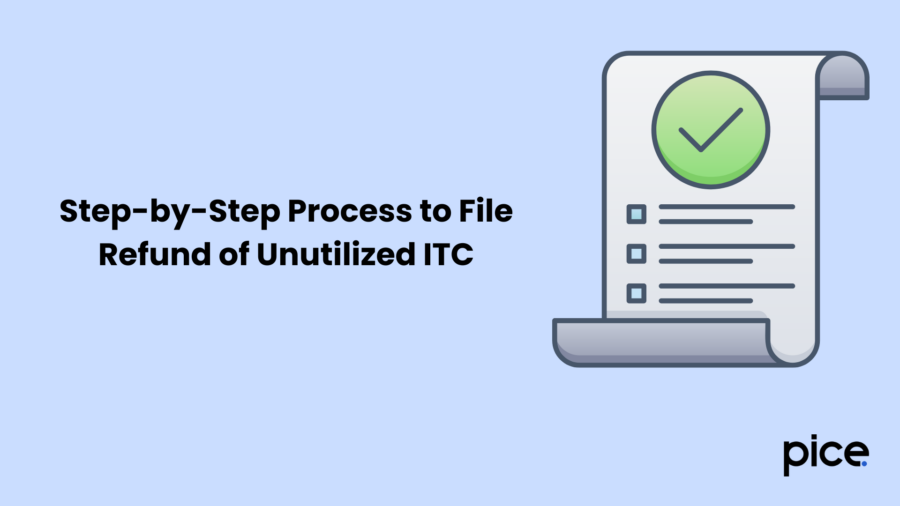
Here is a detailed step-by-step process to follow for filing a refund of unutilized ITC:
1. Go to the official GST portal and fill out the RFD-01 form. Once you complete filing the form, the GST portal will generate ARN.
2. Take a printout of the filed application and GST refund application ARN receipt readily available on the portal.
3. Submit the documents with other supporting ones to the respective jurisdictional authority.
4. A tax official will remain solely responsible for processing the refund application. After processing the application, disbursal of the refund takes place manually.
5. Contact the Nodal officer of the respective state or centre in the case where the jurisdictional state authority is not allotted yet.
How to Track the Filed Refund Application?
The tracking process of the filed refund application is quite simple and hassle-free. Here are easy and convenient methods to follow for tracking:
- Download a PDF version of the filed application forms through the 'My saved/submitted application' option located under 'Refunds'.
- Continue tracking the status of filed applications using the option ‘Track Application Status’ under refunds.
Conclusion
Overall, claiming a refund process under GST allows businesses to recover the excess tax being paid on inputs. This reduces the financial burden of the taxpayers and helps to ensure fair taxation. It is thereby essential for businesses to follow the right approach and submit the necessary documents to get their refund without delay in the process.
Proper compliance with GST returns and keeping accurate records make it possible to prevent errors in the refund claiming process. Moreover, through a good understanding of the refund process, businesses can improve their cash flow and remain competitive.
💡If you want to streamline your payment and make GST payments via credit or debit card, UPI consider using the PICE App. Explore the PICE App today and take your business to new heights.
 By
By 






